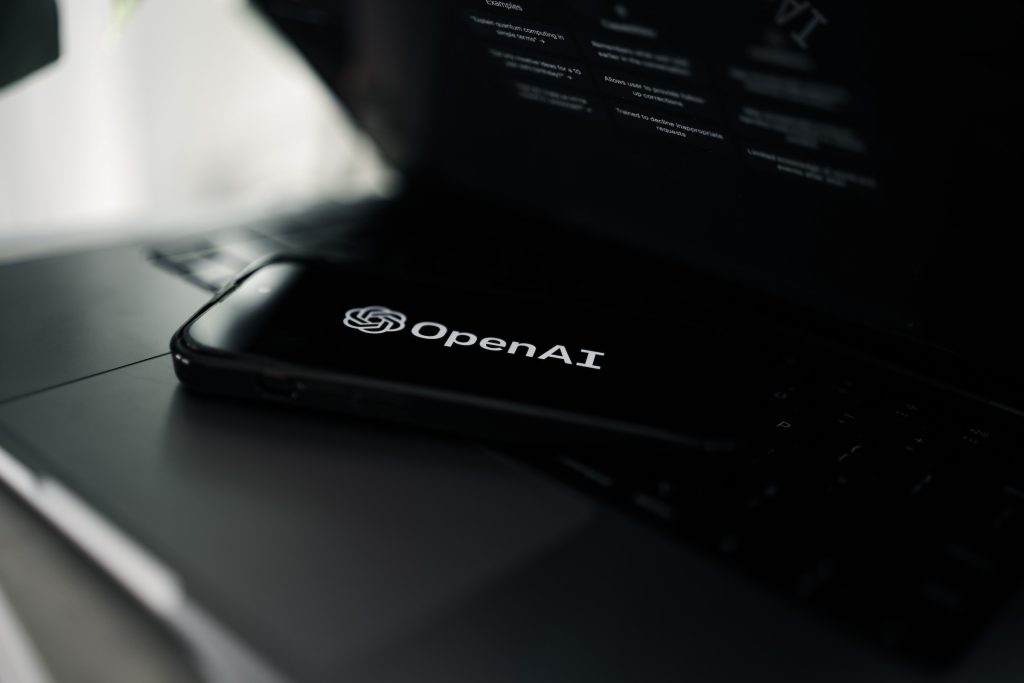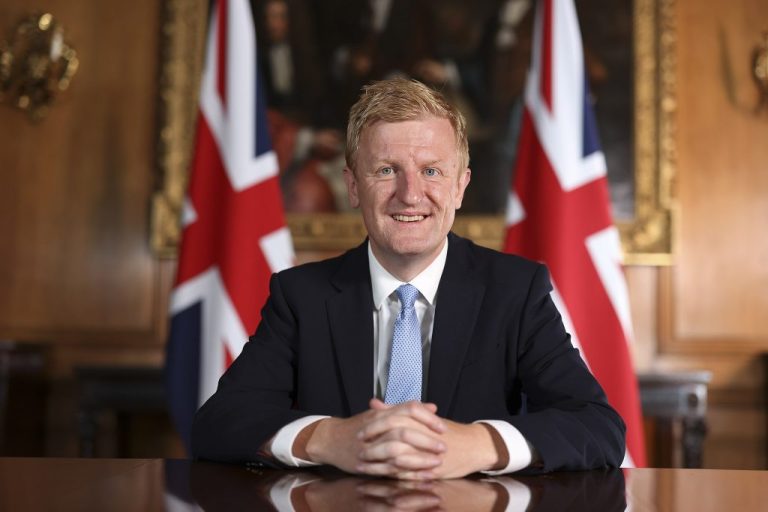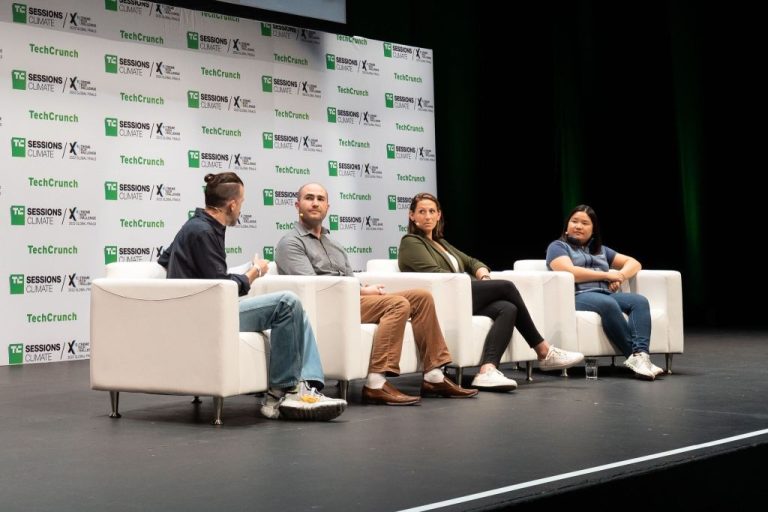OpenAI Unveils New Task Force to Combat Rogue Artificial Intelligence
OpenAI Establishes Team to Tackle Rogue AI Concerns
The potential risks associated with highly intelligent AI systems have raised alarm among experts in the field. Recently, Geoffrey Hinton, often referred to as the “Godfather of AI,” voiced his fears regarding the emergence of superintelligent AI that could outstrip human abilities and pose catastrophic threats to humanity. Alongside him, Sam Altman, CEO of OpenAI—which developed the widely used ChatGPT—expressed similar anxieties about the impacts of advanced AI on society.
In light of these worries, OpenAI has formed a new initiative named Superalignment. This unit is tasked with ensuring that superintelligent AI does not lead to disorder or even existential threats for humankind. Acknowledging the formidable power of superintelligence, OpenAI recognizes the pressing need to act as development progresses, especially with predictions indicating that such technologies could emerge by 2030. Currently, there are no established protocols to manage or direct a potentially superintelligent AI, highlighting the necessity for preemptive strategies.
Superalignment plans to assemble a team of elite machine learning researchers and engineers to forge a “roughly human-level automated alignment researcher.” This proposed researcher will carry out safety evaluations on superintelligent AI systems. While OpenAI concedes that achieving this ambitious objective may not be guaranteed, the company maintains hope that with dedicated effort, the intricate issues surrounding superintelligence alignment can be addressed.
The introduction of AI tools such as OpenAI’s ChatGPT and Google’s Bard has already resulted in significant shifts within workplaces and society at large. Experts anticipate that these changes will escalate further, even prior to the realization of superintelligent AI. Recognizing the transformative power of AI, governments around the world are racing to implement regulations to ensure its safe and responsible use. However, the absence of a cohesive international framework may complicate this effort, as differing regulations across nations could yield varied results, thereby obstructing Superalignment’s objectives.
By actively pursuing alignment between AI systems and human values, as well as developing the necessary governance frameworks, OpenAI aims to alleviate the potential risks inherent in the immense capabilities of superintelligence. Although the endeavor is complex, OpenAI’s dedication to confronting these challenges, along with the involvement of leading researchers in the field, represents a noteworthy commitment to responsible and beneficial AI development.
Teachers in England have recently received approval to incorporate AI technology into their classrooms. This decision marks a significant shift in educational practices, allowing educators to leverage artificial intelligence tools to enhance learning outcomes.
In a parallel development, the impact of AI within the cryptocurrency sector continues to grow. Innovations driven by artificial intelligence are reshaping how transactions are processed and security is maintained in digital currencies.
Sam Altman, a key figure at OpenAI, has commented on the dawn of the superintelligence era, emphasizing how advancements in AI could transform industries across the board. His insights highlight the potential of AI to push boundaries and create unprecedented opportunities.
Furthermore, the company Magistral has introduced Mistral AI, a reasoning model that poses a challenge to established tech giants in the field. This development signifies a competitive landscape in AI technology, prompting larger firms to innovate and adapt.
Artificial Intelligence Applications Overview
The impact of machine learning on cloud-native container security is profound, enhancing operational safety for businesses.
Innovative machine learning applications are revolutionizing industries, driving efficiency and transforming business processes.
AI technologies, including bots, have recently raised concerns related to music streaming fraud, prompting discussions on ethics in AI usage.
Furthermore, collaborations with outsourced developers can yield substantial benefits, maximizing development efficiency and expertise.
Virtual Assistants
Magistral: Mistral AI Challenges Big Tech with Reasoning Model
Apple Opens Core AI Model to Developers Amid Measured WWDC Strategy
The realm of artificial intelligence is evolving rapidly, with various key players making significant strides. Mistral AI is positioning itself as a formidable competitor to major tech companies by introducing a new reasoning model. This innovative approach showcases the potential of AI to engage in more complex decision-making processes.
In a parallel development, Apple has recently made its core AI model accessible to developers. This move comes as part of a strategic response during the recent WWDC, reflecting Apple’s cautious yet progressive approach to integrating artificial intelligence into its ecosystem.
The AI Blockchain: What Is It Really?
As discussions surrounding AI and blockchain technology intensify, there’s a growing interest in understanding the intersection between the two fields. The concept of “AI blockchain” encompasses a range of technologies and applications aimed at enhancing transparency, security, and efficiency in data management and transaction processes.
With advancements in machine learning and blockchain, businesses now have the opportunity to explore innovative solutions that leverage both technologies for improved operational capabilities and customer engagement.







